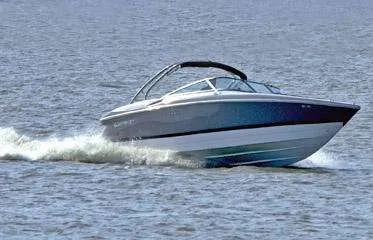PRATT – Good fishing spots can be hard to come by because anglers can be tight-lipped, so to speak, about their favorite fishing holes. However, the Fisheries Division staff at the Kansas Department Wildlife, Parks and Tourism (KDWPT) can’t keep a secret and they want nothing more than for you to catch fish, so they produce a couple of handy publications every angler should keep in their hip pocket: The 2019 Kansas Fishing Atlas and the 2019 Kansas Fishing Forecast. Both are available online at www.ksoutdoors.com and in printed form, just in time for anglers to begin planning fishing trips this spring.
The forecast is a compilation of data district fisheries biologists gather throughout the year, sampling waters using a variety of methods, including electroshocking, trap nets, and gill nets. Fish are measured and weighed before being released, and data such as length, weight and number of fish caught is compared to that from previous years’ sampling. Creel surveys may also be conducted to find out what anglers are catching and what they prefer to catch.
The forecast ranks waters for each species based on numbers of fish within length categories caught per sampling effort, which could be “per hour of electroshocking” or per “gill or trap net set.” Each species has a different set of length categories. For largemouth bass, the Density Rating is based on the number of fish caught per sampling effort that measured 12 inches or longer. The Preferred Rating for largemouths is the number of fish longer than 15 inches, and the Lunker Rating for largemouths is the number of fish longer than 20 inches. Incidentally, the No. 1 reservoir for largemouths this year is Sebelius Reservoir where 63 bass 12 inches or longer were caught per hour of electroshocking and 26 of those fish were 15 inches long or longer. But while Sebelius ranks first in the Density Rating, La Cygne Reservoir is tops for big bass. Of the 51 12-inch-long-or-longer bass caught per hour at La Cygne, 39 were longer than 15 inches and seven of those were 20 inches long or longer! La Cygne also had the biggest bass sampled, by far – 9.31 pounds.
The forecast also includes Biggest Fish, Biologist’s and Three-year Average ratings. The weight of the biggest fish sampled is included just to give anglers confidence that big fish are present and the Biologist’s Rating of excellent (E), good (G) or poor (P) allows for human input. Occasionally, the Biologist’s Rating may not agree with the numbers and this can happen when environmental conditions impact the sampling results. The Three-year Average Rating lets anglers see trends.
Once you’ve found some lakes with the kind of fishing you’re interested in, the 2019 Kansas Fishing Atlas will show you where they are located. And the fishing atlas maps also show you where private ponds and streams are open to public fishing through the Fishing Impoundments and Stream Habitats (F.I.S.H.) program. You can view and download the electronic version of the fishing atlas online or you can pick one up wherever licenses are sold. An angler willing to do a little map research and walk in to a private pond enrolled in F.I.S.H. is likely to find a fantastic fishing spot. But don’t tell anyone – that’s KDWPT’s job.




